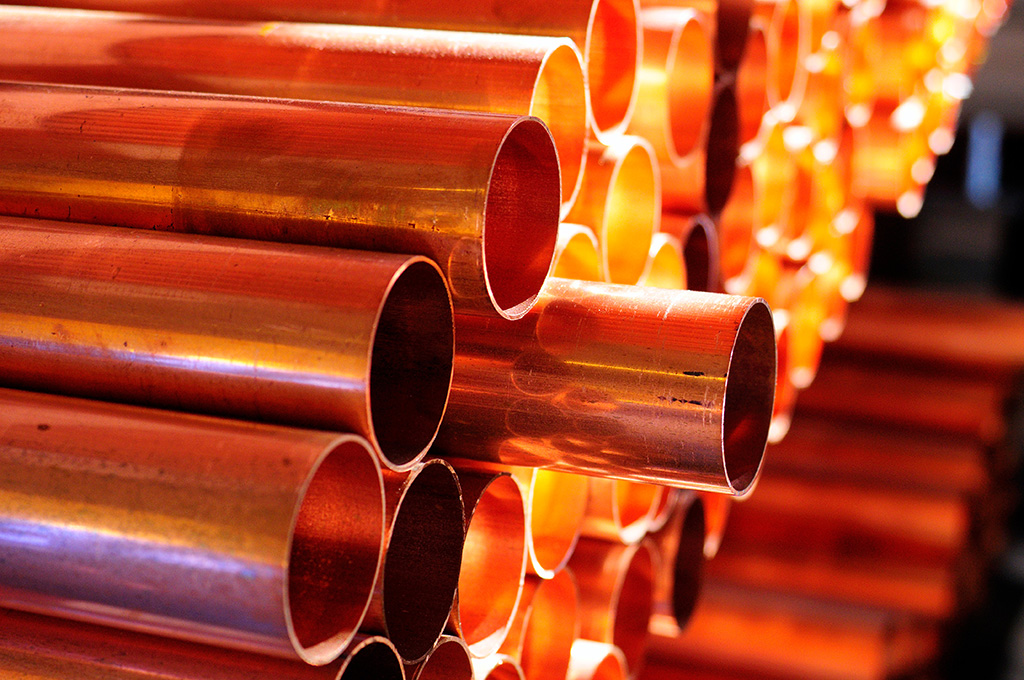In 2024, the Democratic Republic of Congo (DRC) exported a staggering $29.3 billion worth of goods, cementing its position as one of the most resource-rich nations in Africa. What stands out is the overwhelming dominance of refined copper, cobalt, and tin ores, which together accounted for over 90% of total exports. This extraordinary concentration highlights both the country’s mineral wealth and its deep exposure to global commodity cycles.
Copper: The Powerhouse of DRC’s Economy
Refined copper remains the DRC’s top export, driven by high international demand for the red metal used in electric vehicles, renewable energy systems, and global electrification projects. The country’s Copperbelt region, stretching across the southern provinces of Haut-Katanga and Lualaba, continues to attract major investments from global mining giants and state-backed companies. The combination of low extraction costs and rich ore grades has made the DRC indispensable to global supply chains.
Cobalt: The Battery Metal of the Future
Cobalt, often mined as a byproduct of copper, is the DRC’s second most valuable export. With the global pivot toward electric mobility, demand for lithium-ion battery materials has surged. In 2024, the DRC supplied over 70% of the world’s cobalt, primarily to China for refining and battery manufacturing. However, questions persist about ethical sourcing and the country’s dependence on raw material exports without sufficient local value addition.
Tin and Other Strategic Minerals
Tin, though smaller in scale compared to copper and cobalt, plays an increasingly vital role in electronics manufacturing and semiconductors. The DRC’s northeastern provinces are key producers of tin ore (cassiterite), alongside tantalum and tungsten—minerals classified as “critical” by the European Union and the United States. These minerals are essential to modern technologies, positioning the DRC at the heart of the global energy and tech transition.
The Need for Diversification and Value Addition
While the export numbers underscore remarkable growth, they also reveal structural vulnerabilities. The DRC remains heavily dependent on raw mineral exports, with limited domestic refining and industrialization. Economic diversification—through investments in local processing, manufacturing, and infrastructure—is key to transforming resource wealth into sustainable prosperity.
The government’s recent push for onshore mineral processing plants and special economic zones (SEZs) could mark a turning point. If successful, these initiatives would not only create jobs but also increase foreign exchange retention within the country.
Global Investment Implications
For international investors, the DRC represents a dual narrative: immense resource potential paired with high operational and political risk. Yet, as global supply chains scramble for strategic minerals essential to the clean-energy revolution, Congo’s central role is undeniable.
The emerging Central African Copperbelt (CACB)—spanning the DRC and Zambia—continues to be a magnet for offshore investors, commodity funds, and ESG-aligned infrastructure projects, particularly in green energy, logistics, and sustainable mining technologies.
Invest Offshore has investment opportunities in West Africa seeking investors for the Copperbelt Region, where the next phase of Africa’s economic rise is being forged—powered by the very metals that define the future of energy, mobility, and technology.

Leave a Reply